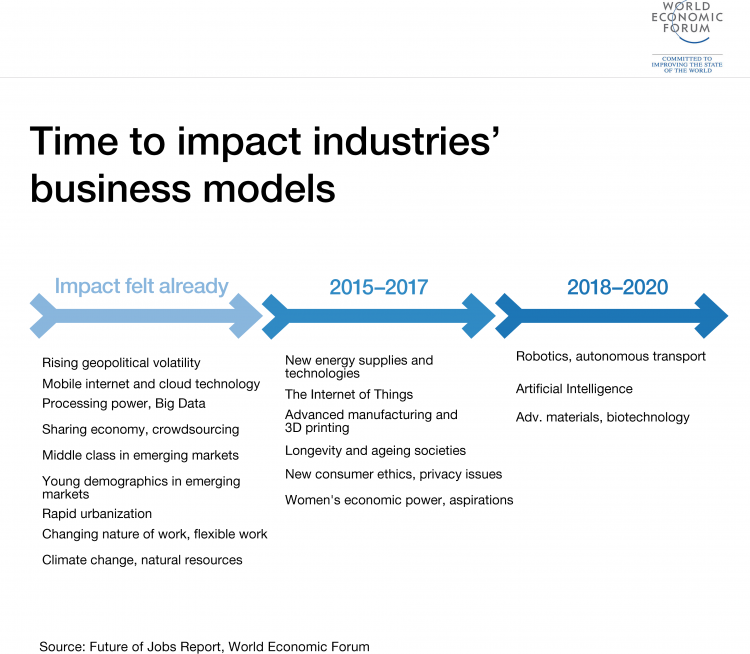
- #History of automation and effect on environment how to#
- #History of automation and effect on environment manual#
Because automation incorporates the logic and data involved, it increases transparency for each step of a process, providing the overall back-office operation more insight into itself. But the focus is often on what is done, not why or how performed.

By standardizing and formalizing the steps required, organizations can wrap best practices into each process that is automated, which creates further efficiencies.įurther, automation in business enhances the governance and enterprise control of the processes. Back-office work today often has some level of auditability built in, especially around who is doing the work.
#History of automation and effect on environment how to#
Having seen many of these projects, I can say that despite claims of standard processes, it’s often true that each person comes up with his or her own process on how to get the work done. Automation programs often focus on larger projects - the ones where multiple tasks are being performed by several people. The main workplace automation idea is not just about removing the work, but also about standardizing and hardening the work.
#History of automation and effect on environment manual#
At the core, however, is an ideal where the manual work can be automated to some degree, and the automated aspects can be done faster. RPA is often focused on back-office work because it is hidden from the customer and allows organizations to just focus on finding the best way.Ī goal in introducing robots in the workforce is to remove and expedite manual back-office work. While the overall goal is to produce more output with less work(ers) in a faster timeline, the more reasonable scenario is to manage higher output requirements with increased speed, so teams can get there without adding more people.


Read on to learn more: How does automation change the workplace and affect back-office jobs? We thought we would offer some follow-up information from this very successful webinar with some additional answers to these pressing questions. After WorkFusion hosted Forrester’s Craig Le Clair for a webinar on Building an Automation Framework for Digital Transformation, there were some very strong questions about the future of automated technologies, the effects of automation in the workplace and concerns on how to prepare for these.


 0 kommentar(er)
0 kommentar(er)
